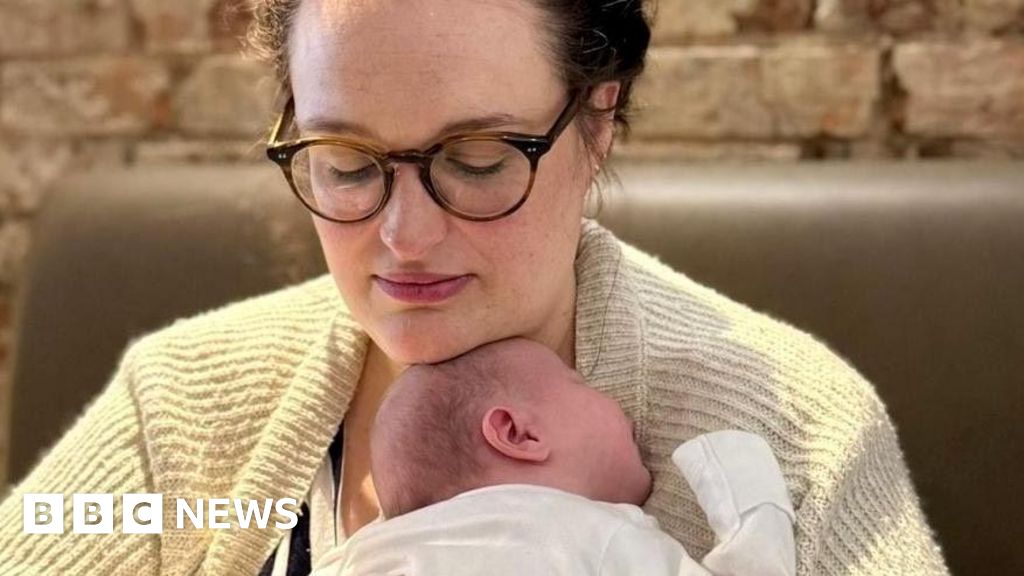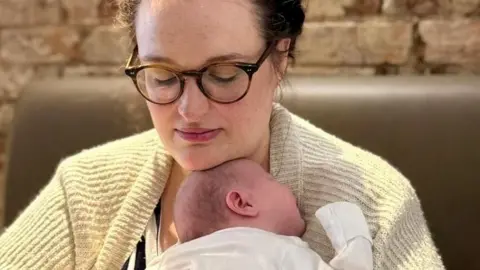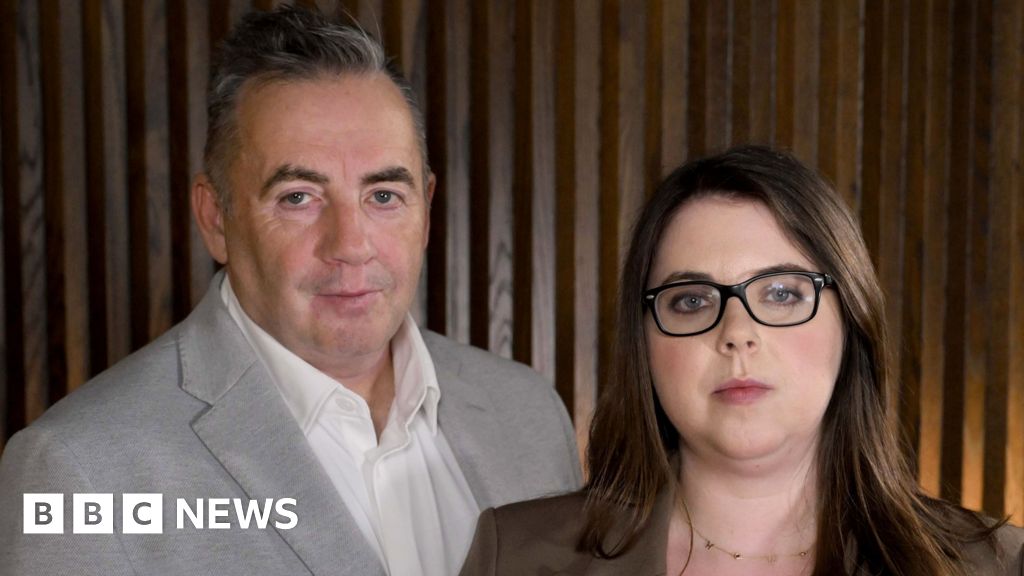New test could identify women at higher risk of miscarriage

Womb lining test offers miscarriage hope to women
Philippa RoxbyHealth Reporter
 Charlie Beattie
Charlie BeattieUK scientists say they have developed a test which can help identify women with an abnormal womb lining that increases their risk of miscarriage.
They say their work could pave the way for new treatments for those going through repeated pregnancy loss.
In some women with a history of miscarriage, the womb lining doesn't react the way it should - transforming into a supportive place for the embryo to implant, the Warwick University team discovered.
Charities say the findings could help provide an explanation, in some cases, for the trauma and devastation of recurrent miscarriage.
Around one in six of all pregnancies are lost, most before twelve weeks, and each miscarriage increases the risk of another one happening.
To date, most research in this area has focused on the quality of the embryo, with much less known about the role of the womb lining.
Dr Jo Muter, study author and researcher at Warwick Medical School, said: "Many women are told they've just had 'bad luck', but our findings show that the womb itself may be setting the stage for pregnancy loss, even before conception takes place."
The job of the womb lining is to receive the embryo and help it develop during pregnancy, thanks to a reaction which converts cells into a different, supportive state.
But when that reaction is messed up and doesn't fully happen, the risk of bleeding and early pregnancy rises.
Once a woman has had one faulty reaction, she is more likely to have another, the researchers say.
They've developed a new test which can measure signs of a healthy or defective reaction in the womb lining, which is being piloted to help more than 1,000 patients at Tommy's National Centre for Miscarriage Research at University Hospital Coventry & Warwickshire (UHCW).
'A tiny miracle'
Charlie Beattie, 37, had countless early miscarriages over the course of four years, to the point where "a positive pregnancy test wasn't exciting any more", she says.
She and her husband Sam, from Leamington Spa, felt devastated and resigned to considering other options for having a family.
Then they found out about at a trial taking place at the miscarriage research centre.
Charlie had a sample of her womb taken, and the new test showed it was not "hospitable for babies", she says.
After taking the drug sitagliptin for three months, she had a pregnancy which finally stuck - and nine-week-old June is the joyful result.
"She's a tiny miracle. It doesn't feel real," says Charlie.
She admits being anxious all the way through her pregnancy until June was safely in her arms.
Even the pregnancy scans were a new experience.
"We'd never seen anything on a scan before that moved," she says. "When they said 'I can see it, it's in the right place', we both burst into tears."
Anyone can refer themselves to the clinic, but it has a long waiting list and funding issues mean patients must contribute to the cost of the test.
Dr Jyotsna Vohra, director of research at Tommy's, said care and treatment for those who experience pregnancy or baby loss varied unacceptably across the UK.
"There should be no barriers to accessing any test or treatment that has been proven to make a difference.
"We hope NHS decision-makers will look carefully at the results of the Coventry pilot project and consider rolling this test out nationwide, so that everyone who might benefit has that opportunity."
Dr Muter says the next step is to use the test to assess potential drug treatments. Sitagliptin, usually used to treat diabetes, is the go-to option for womb lining issues but there may be other existing drugs which can be repurposed, she added.
With 80% of drugs not tested on pregnant women, it's unclear which ones might be effective.
What's Your Reaction?
 Like
0
Like
0
 Dislike
0
Dislike
0
 Love
0
Love
0
 Funny
0
Funny
0
 Angry
0
Angry
0
 Sad
0
Sad
0
 Wow
0
Wow
0





































